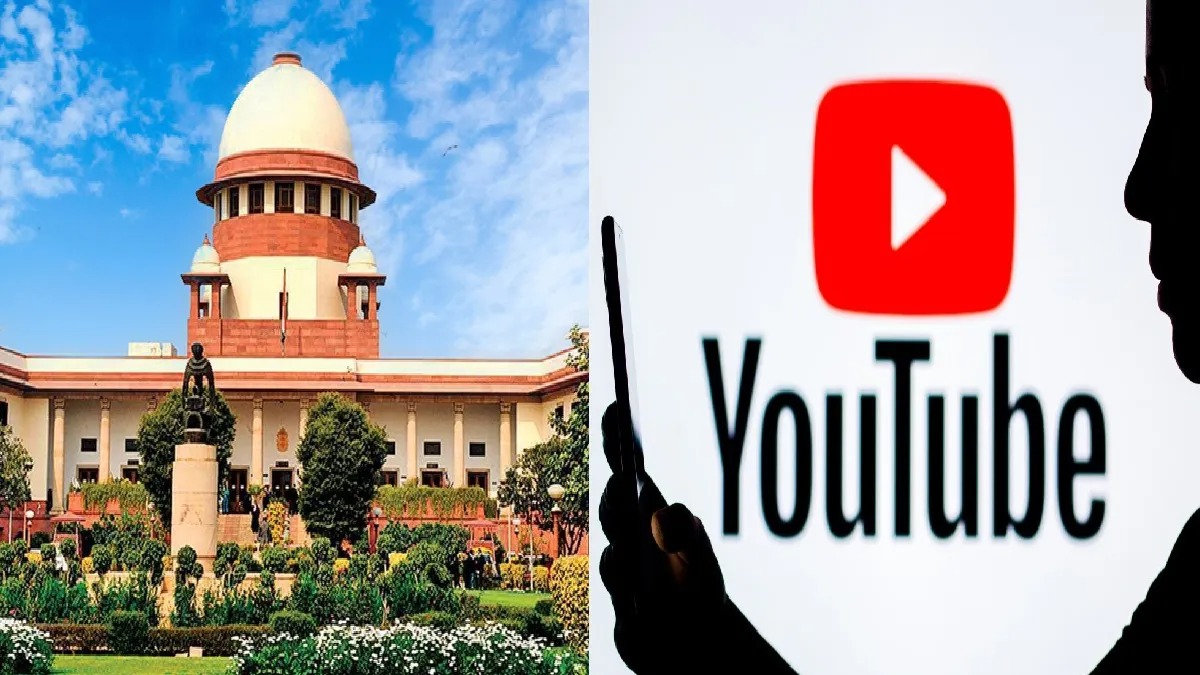
The Supreme Court of India has asked the Central Government to clarify its stance on controlling the spread of pornographic and explicit content on YouTube. The court raised concerns over the easy accessibility of such material, especially to minors, and questioned the government’s plans to regulate online platforms more effectively.
Key Concerns Raised by the Supreme Court
- Impact on Society and Children – The court emphasized the harmful effects of explicit content on young viewers, stating that unrestricted access poses a serious threat to morality and mental health.
- Need for Stronger Regulations – The government was asked to outline steps being taken to curb the availability of inappropriate material on YouTube and similar platforms.
- Accountability of Digital Platforms – The court questioned whether existing laws and regulations are being enforced effectively, and if stricter policies are needed.
Government’s Expected Response
- Clarification on Digital Content Monitoring – The Center is expected to provide details on how it plans to strengthen oversight of online platforms.
- Role of IT Laws and Cybersecurity Measures – Officials may discuss current and proposed regulations under the Information Technology Act to ensure better content moderation.
- Collaboration with Social Media Platforms – The government could introduce measures requiring platforms like YouTube to implement stricter content filters and age restrictions.
What Happens Next?
- The Supreme Court has asked for a formal response from the Center, which could lead to policy changes in digital content regulation.
- The case may push for stronger enforcement of existing laws and greater accountability from content-sharing platforms.
- YouTube and other social media giants may face increased scrutiny, requiring them to enhance content moderation practices.

 Share
Share



